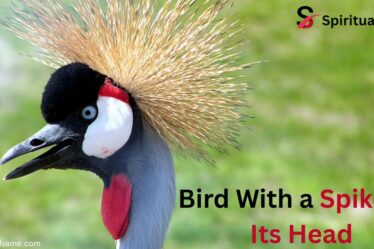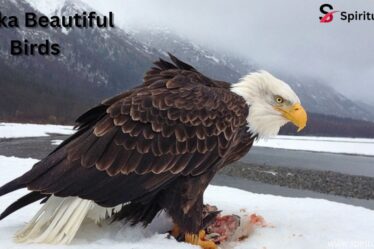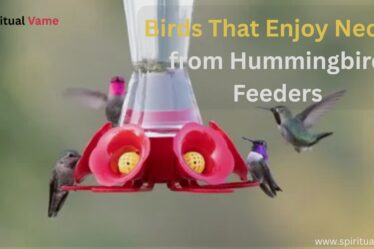
Florida backyards are full of life, especially birds. Every morning, you can hear them sing and see flashes of color in the trees. From big cities to small towns, these birds make outdoor spaces come alive. Whether you’re near the coast or deep inland, you’ll spot all kinds of backyard birds in Florida.
This guide will help you learn which birds visit feeders and how to attract them. We’ll cover their habits, what they eat, and how to tell them apart. If you love nature or just enjoy peaceful mornings, this is for you. Get ready to discover the amazing world of backyard birds in Florida.
Most Common Birds in Florida
Backyard birdwatching in Florida is a year-round adventure. Thanks to the state’s warm climate, many species stick around even in winter, offering consistent sightings for bird enthusiasts. The birds you’ll see most often are those that adapt easily to suburban life. They’re bold, curious, and know how to find a free meal from a feeder or garden. Here are ten of the most common birds spotted in Florida yards.
Northern Cardinal
The Northern Cardinal (Cardinalis cardinalis) is one of the easiest birds to recognize. Males have brilliant red plumage, a black mask, and a raised crest that gives them a striking silhouette. Females wear more muted tan tones, but with hints of red on their wings and tail. Both sing a beautiful series of whistles, making them a joy to hear as well as see. This non-migratory bird is a year-round resident of Florida, often seen perched in dense shrubs or evergreen trees. Cardinals love black oil sunflower seeds and are frequent visitors to platform feeders or hopper-style feeders. Add some cardinal-preferred plants like coneflowers and black-eyed Susans, and you’ll likely attract a nesting pair. For hydration and hygiene, a clean birdbath with shallow water is essential. Be mindful of predators like hawks and house cats, and avoid using pesticides, which can harm these birds directly or reduce their food supply.
Red-bellied Woodpecker

Despite the name, the Red-bellied Woodpecker isn’t known for its belly. Instead, people notice the bold red cap stretching from its beak to the nape of its neck. Its black-and-white barred back helps it blend into tree bark. These birds are known for their loud calls and ability to drum on wood and metal to mark territory. Found throughout Florida, they frequent suet feeders and enjoy peanuts, nuts, and insects. You’ll often see them clinging vertically to tree trunks or darting between branches with agile movements.
Blue Jay
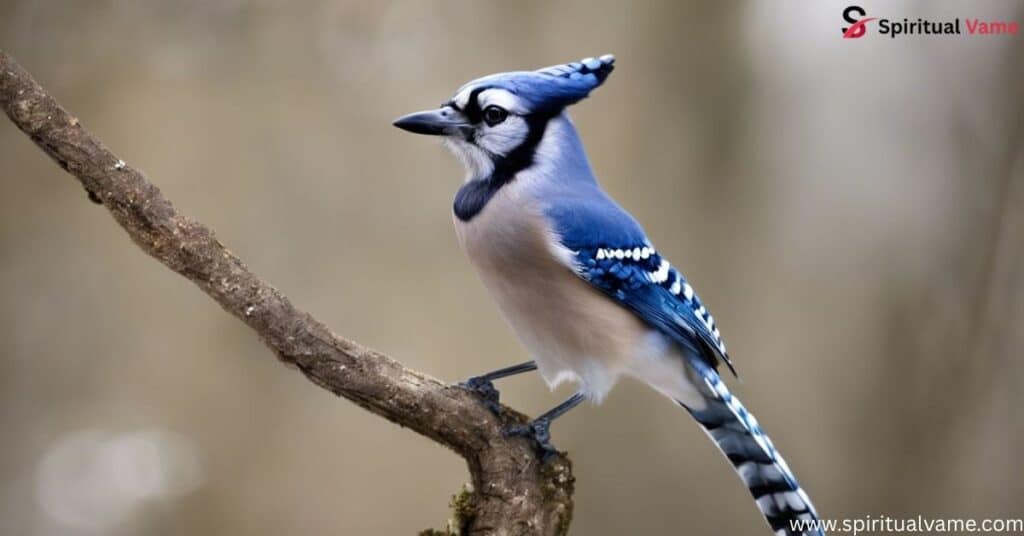
The Blue Jay (Cyanocitta cristata) is a backyard standout with vibrant blue plumage, a prominent crest, and loud, distinctive calls. This intelligent, territorial bird often mimics hawks to scare away other birds. Blue Jays are omnivorous, eating acorns, seeds, nuts, and insects. They’re known to cache food for later and will visit platform feeders for sunflower seeds, suet, and peanuts. They nest in trees and shrubs and remain in Florida all year, particularly in suburban areas. Their bold behavior makes them easy to spot and hear.
Mourning Dove
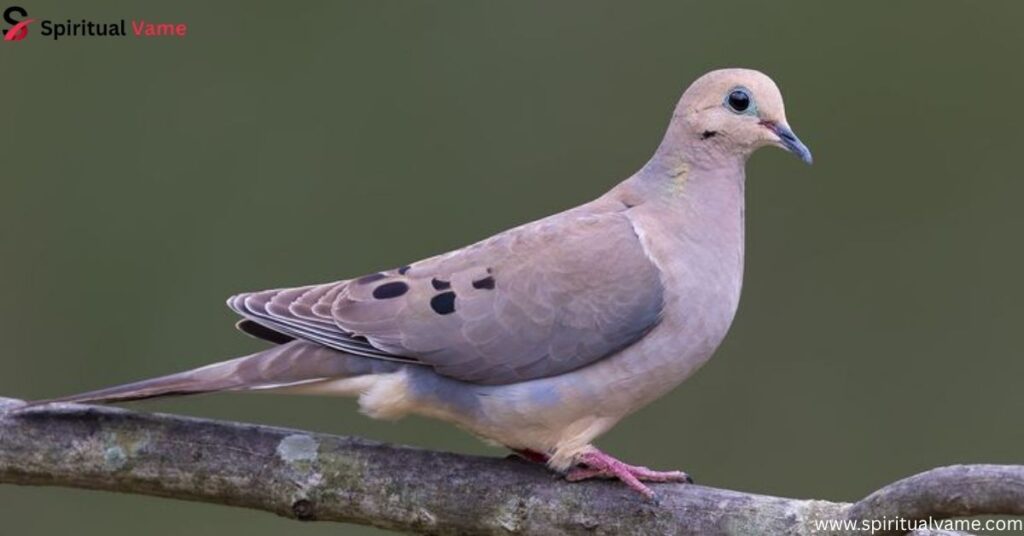
Soft-spoken and gentle, the Mourning Dove (Zenaida macroura) is often found in pairs perched on wires or fences. Their light gray and brown feathers and long pointed tails give them a streamlined look. Known for their mournful “coo-oo” call, these birds are incredibly prolific breeders, raising up to six broods of two squabs per year. They feed on seeds and prefer ground feeders or spilled seed beneath hanging feeders. When startled, their wings create a high-pitched whistling sound called sonation. Though commonly seen across North America, they are a constant presence in Florida’s residential areas.
Northern Mockingbird
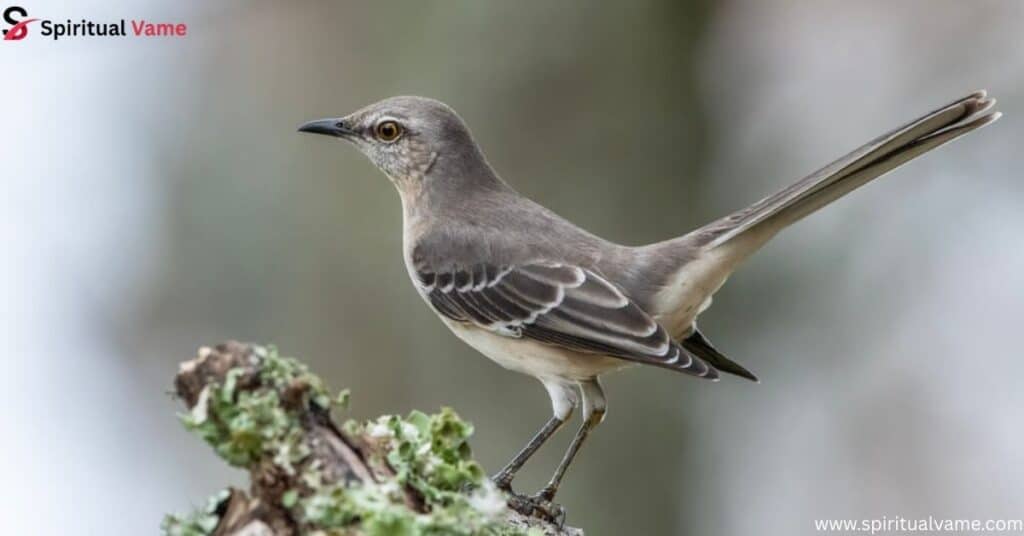
Florida’s state bird, the Northern Mockingbird, is famous for its imitated calls—sometimes mimicking over 200 different bird songs. Sleek and gray with white patches on its wings, it’s a bold bird that will defend its nest fiercely, even chasing away cats and hawks. These birds don’t typically use feeders but will visit open lawns and fruit-bearing shrubs like beautyberry. Their musical displays are especially active during the spring and summer breeding season.
Tufted Titmouse
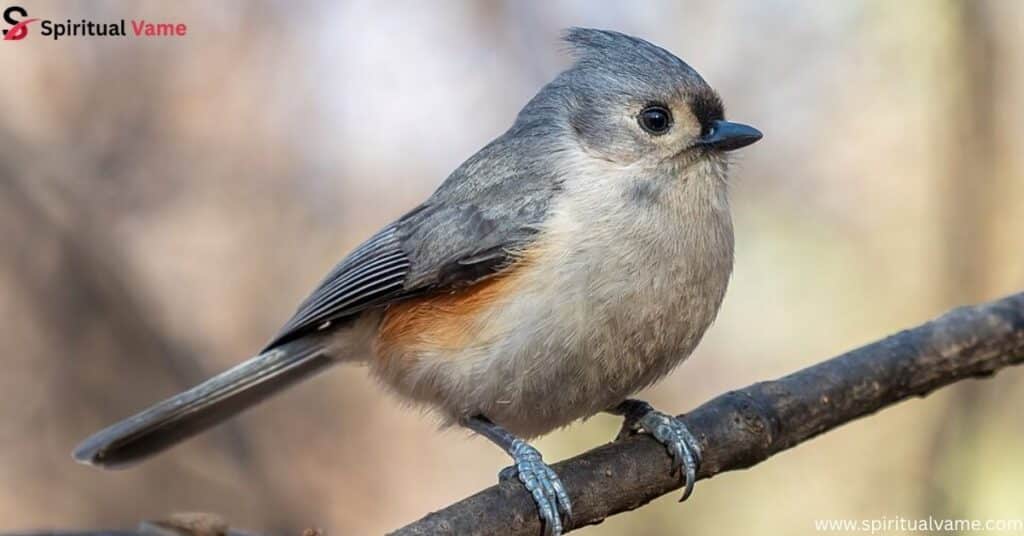
The Tufted Titmouse is a small, gray bird with a crest and big, black eyes that give it a curious expression. Quick and active, it often travels with chickadees and woodpeckers in mixed flocks. It prefers mixed seed blends and suet, often grabbing a seed and flying off to crack it open in a tree. They nest in cavities and are found in wooded backyards or parks. Their sweet, whistled “peter-peter” call is a welcome sound in any garden.
Common Grackle
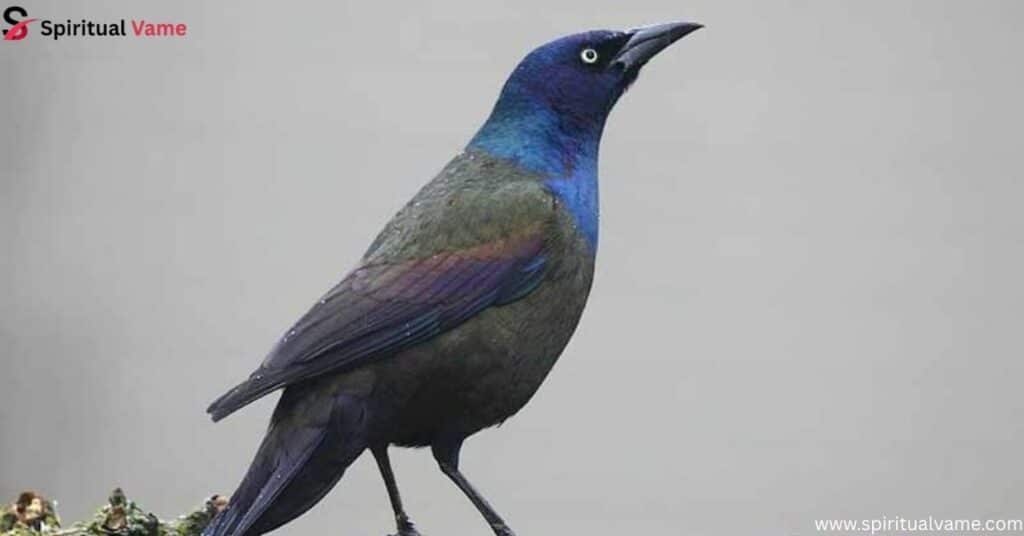
Glossy black with iridescent feathers and piercing yellow eyes, the Common Grackle travels in flocks and can take over feeders with sheer numbers. Though not everyone appreciates their aggressive nature, they play a vital role in insect control and are a staple of suburban Florida bird populations. Grackles eat almost anything—seeds, insects, scraps, and small animals—and they often gather in large, noisy groups.
Downy Woodpecker
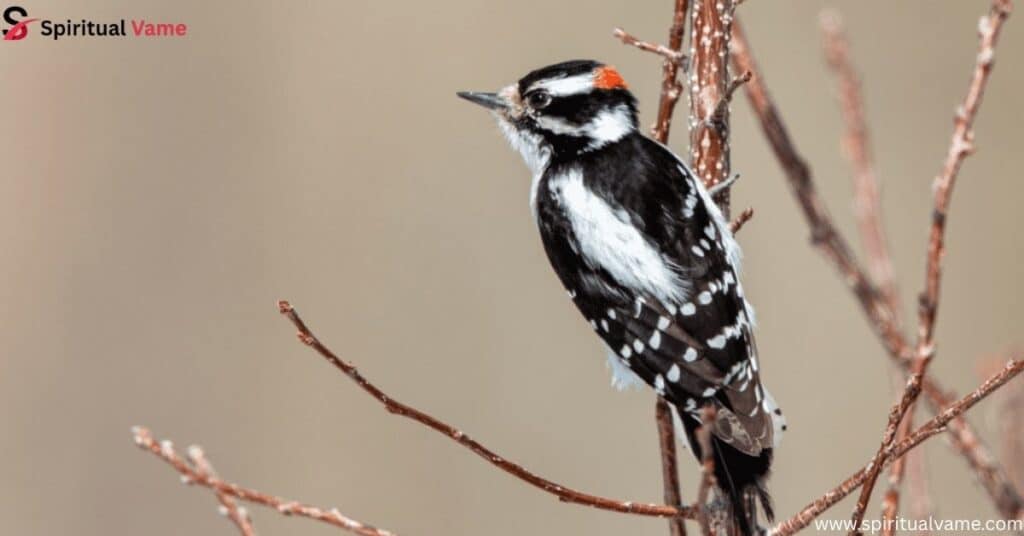
The Downy Woodpecker is the smallest woodpecker in North America and one of the friendliest. With its black-and-white plumage and small red patch on the back of the male’s head, it’s easy to identify. These birds drum on tree bark and enjoy suet, sunflower seeds, and insects. They often hang out on tree trunks or feeder poles and are common throughout Florida’s neighborhoods and woodlands.
Brown Thrasher

Brown with dark streaks and a long, slightly curved bill, the Brown Thrasher is more often heard than seen. It sings a rich, musical song with hundreds of unique phrases. These birds love dense shrubs and foraging on the ground for insects, fruits, and seeds. Though shy, they’re a delight for patient birdwatchers.
Carolina Wren

The Carolina Wren is tiny but mighty. Its warm brown body and upturned tail are usually hidden in brush piles, garages, or even flowerpots. Its song is loud and cheerful—often mistaken for a much larger bird. Wrens eat insects, spiders, and suet, and they may even nest in hanging baskets or mailboxes if left undisturbed.
Birds That Visit Backyard Bird Feeders in the State of Florida
Thanks to Florida’s mild winters and rich biodiversity, bird feeders stay active year-round. Setting up the right feeder with the right food can bring a parade of colorful visitors to your yard. Platform feeders, hopper feeders, suet cages, and nyjer tubes all serve different types of birds. Here’s a breakdown of who’s most likely to stop by.
SPARROWS, FINCHES, & ALLIES
The Northern Cardinal is the king of backyard feeders, with its love for black oil sunflower seeds, berries, and dried fruits. Cardinals prefer platform feeders with a sturdy perch, and they nest in native flora and dense cover.
The House Finch is another red-tinted visitor that arrives in small flocks, often at tube feeders. The Chipping Sparrow is a seasonal guest with a crisp song. The bright American Goldfinch loves nyjer seed and shows off its sunny yellow feathers in summer. Florida is lucky to host the rare Painted Bunting, a rainbow-colored gem, and the deep blue Indigo Bunting. House Sparrows, though common and noisy, also visit most yards in cities and towns.
DOVES AND PIGEONS
Mourning Doves are the most familiar, often feeding on the ground near feeders. The Common Ground-Dove, White-winged Dove, and Eurasian Collared-Dove are also present across Florida. Doves appreciate cracked corn, millet, and other grains scattered at ground level or in low feeders.
BLACKBIRDS & THEIR ALLIES
Brown-headed Cowbirds are known for laying their eggs in other birds’ nests. Red-winged Blackbirds frequent wetlands but will visit feeders with grains. Baltimore Orioles prefer fruit, nectar, and even jelly. Common Grackles, mentioned earlier, are common feeder bullies but important members of Florida’s birdscape.
MOCKINGBIRDS, THRASHERS, & CATBIRDS
The Northern Mockingbird, Gray Catbird, and Brown Thrasher are more interested in fruit-bearing bushes than feeders. However, you might attract them with mealworms, berries, or suet in cooler months.
JAYS & CROWS
The Blue Jay and American Crow are intelligent and social. Jays love peanuts in the shell and will visit consistently once they find a good source. Crows are more cautious but may visit open feeders or yards with compost piles.
BLUEBIRDS & ROBINS
The Eastern Bluebird and American Robin both favor open spaces and are more likely to eat mealworms, fruit, and insects than seeds. Bluebirds may nest in boxes provided in open yards or parks.
WOODPECKERS
Both the Red-bellied and Downy Woodpeckers are attracted to suet feeders, peanuts, and mealworms. Place feeders near trees or wooded areas for best results.
TITMOUSE & CHICKADEE
The Tufted Titmouse and Carolina Chickadee love mixed seed blends, sunflower seeds, and suet. These active birds often flit quickly to feeders, grab a bite, and dash back to cover.
WRENS
The Carolina Wren frequently visits suet feeders and may also nest in sheltered areas close to your home. Their bold song makes them easy to detect even when hidden.
WARBLERS
In cooler months, Pine Warblers and Yellow-rumped Warblers show up at suet feeders or forage in pine trees. These are delightful seasonal visitors with soft calls and busy feeding habits.
HUMMINGBIRDS
Florida’s most common hummingbird is the Ruby-throated Hummingbird. Offer a nectar solution made from 1 part sugar to 4 parts water—no red dye needed. Clean feeders every few days to prevent disease.
Conclusion
Backyards in Florida are bustling with birds of all shapes, colors, and songs. Whether it’s the bold Northern Cardinal, the soft Mourning Dove, or the curious Blue Jay, each bird brings something special to the table. By offering food, water, shelter, and safety, you turn your outdoor space into a haven for wildlife. Observing their behaviors, feeding habits, and calls adds joy to everyday life and connects you to the natural rhythms around you. So fill that feeder, clean that birdbath, and welcome Florida’s feathered guests home.

